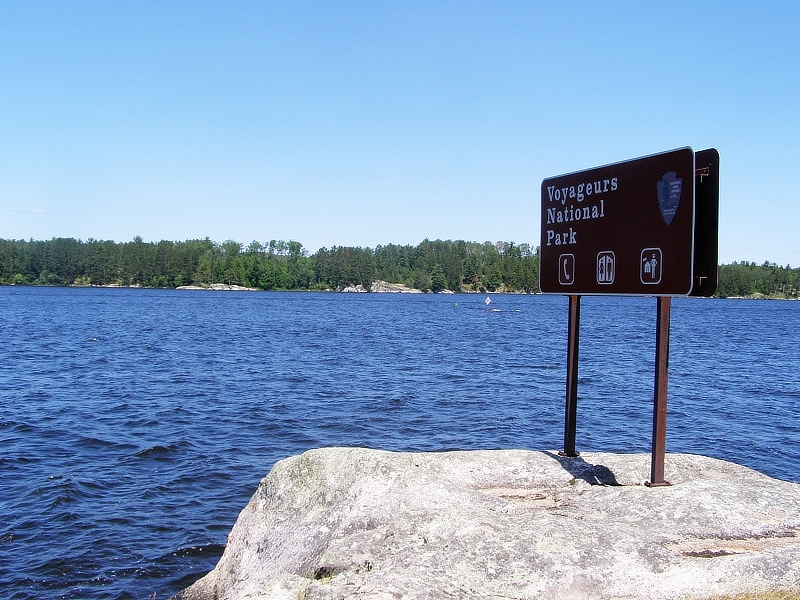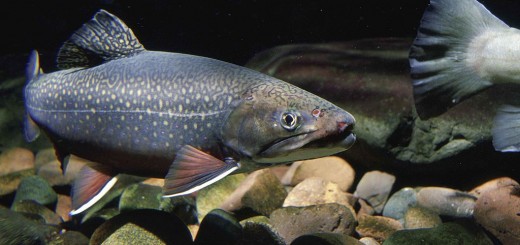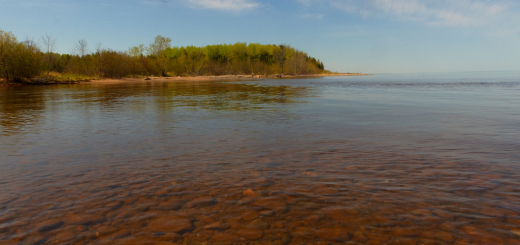USGS Study: Mercury Levels In Minnesota Lakes Not Dropping As Consistently As Thought
0Scientists with the U.S. Geological Survey studying four undeveloped lakes in Minnesota’s Voyageurs National Park found mixed results when considering concentrations of mercury and methylmercury, according to Minneapolis’ Channel 9. The results indicate that mercury levels in the state’s water bodies may not be dropping as consistently as thought.

Lake Kabetogama at Voyageurs National Park. (Credit: Chris Light via Wikimedia Commons)
Researchers looked at atmospheric deposition of mercury in the study, instead of concentrations coming from terrestrial sources. They considered a time frame of 1998 to 2012.
Two of the lakes showed consistent decreases in the annual wet deposition of mercury, as well as sulfate, registering drops of 32 and 48 percent respectively. Levels of methylmercury, a toxic form of the metal that can bioaccumulate in aquatic life, were also found to have gone down.
But another lake under study was found to have experienced an increase in both mercury in its water and methylmercury in its fish. The last lake, which was impacted by forest fires and beaver activity, didn’t exhibit a trend up or down at all.

Rainy Lake at Voyageurs National Park. (Credit: Flickr User jck_photos via Wikimedia Commons)
According to the U.S. Geological Survey, the study’s results show the complex nature of ecosystem responses, how important local factors within watersheds can be and that mercury levels may require longer observation periods than those completed in the study. The full study write-up is available in the research journal Environmental Science & Technology.













